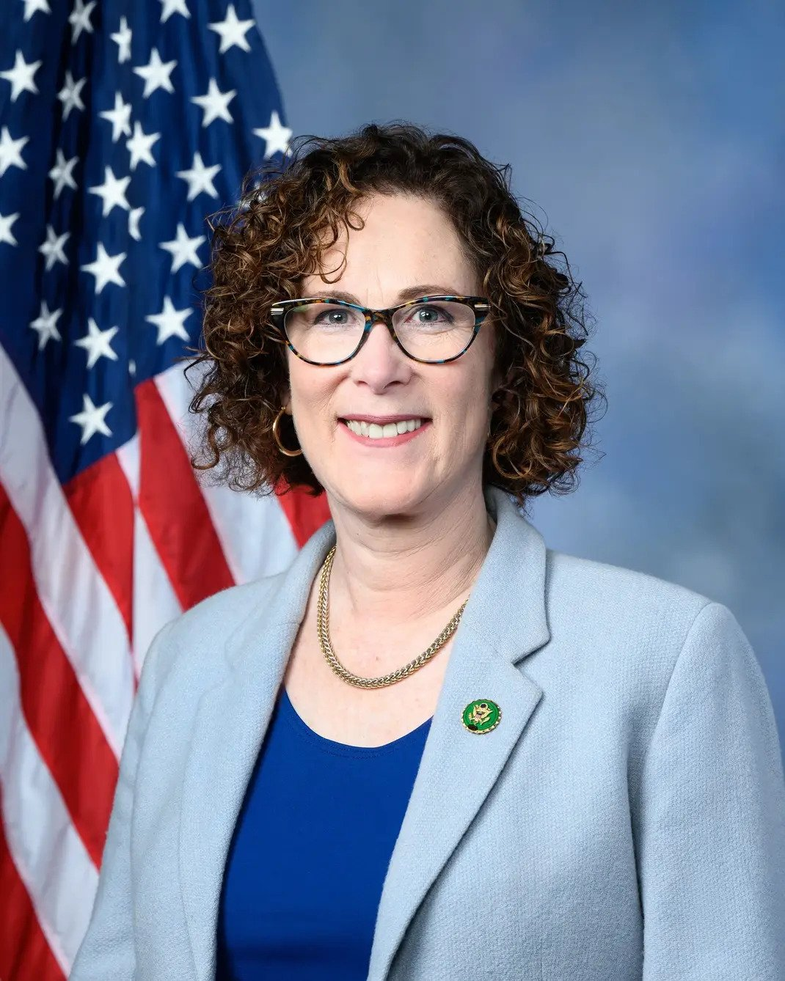H.R. 4592: No Radioactive Roads Act of 2025
This bill, known as the No Radioactive Roads Act of 2025, aims to address the use of phosphogypsum in various applications, particularly in road construction. Here are the main points of the bill:
Purpose of the Bill
The primary purpose of the bill is to direct the Environmental Protection Agency (EPA) to revise its regulations concerning the distribution and use of phosphogypsum, a byproduct of phosphate fertilizer manufacturing. The bill seeks to ensure safety standards regarding exposure to this material are maintained.
Background and Findings
The bill references several findings about phosphogypsum:
- Since 1992, the EPA has banned the use of phosphogypsum in road construction due to health risks, particularly the potential for increased cancer risk among workers and the public.
- Phosphogypsum contains radioactive materials, including uranium and radium, linked to serious health issues, including cancer and genetic damage.
- Contamination of water sources and air quality could occur from phosphogypsum, leading to broader environmental risks.
- Current regulations suggest the acceptable lifetime cancer risk is no more than 9.1 in 100,000.
Regulations and Accountability
Under the proposed bill, the EPA must implement new regulations regarding the approval of any new uses of phosphogypsum that are not explicitly outlined in existing regulations. The requirements are as follows:
- Requests for approval must detail the health risks associated with exposure to phosphogypsum for individuals exposed, including construction and utility workers, the general public, and nearby residents.
- The requests must include measures to minimize exposure to phosphogypsum and methods for monitoring water contamination and ecological impacts.
- Any approval for the use of phosphogypsum must be assessed individually, ensuring it does not exceed the specified cancer risk threshold.
Public Availability of Information
Moreover, information related to any requests for approval must be made public on the EPA’s website to ensure transparency regarding potential risks associated with phosphogypsum.
Definition of Maximum Individual Risk
The bill defines "maximum individual risk" as the highest increase in lifetime cancer risk that a person could face due to exposure to phosphogypsum over a prolonged period (70 years).
Implementation Timeline
The bill stipulates that the EPA must finalize these new regulations within two years from the passage of the Act.
Relevant Companies
- CF - CF Industries Holdings, Inc. is involved in the production of phosphate and nitrogen-based fertilizers, which may generate phosphogypsum as a byproduct and could be affected by new regulations on its distribution and use.
- INT - Intrepid Potash, Inc. is another company that deals with potash and phosphates, and any changes in the regulatory landscape regarding phosphogypsum could impact their operations and compliance costs.
This is an AI-generated summary of the bill text. There may be mistakes.
Sponsors
2 bill sponsors
Actions
2 actions
| Date | Action |
|---|---|
| Jul. 22, 2025 | Introduced in House |
| Jul. 22, 2025 | Referred to the House Committee on Energy and Commerce. |
Corporate Lobbying
0 companies lobbying
None found.
* Note that there can be significant delays in lobbying disclosures, and our data may be incomplete.




